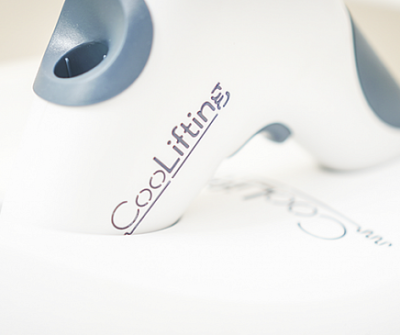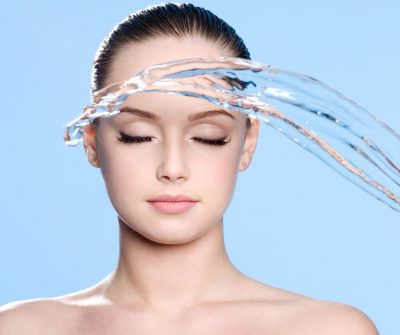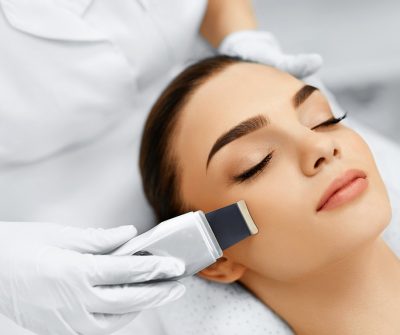Medial peeling is a type of chemical peeling. It is a method of removing cornified cells within the epidermal and up to the basal layer of the skin. The procedure is applicable for face as well as for neck area, decollete, hands and other problematic skin areas.
Medial peeling is different from superficial peeling because it involves more concentrated acids, for instance, one of the most common is trichloroacetic acid (TCA).
In which cases medial peeling is used?
– sagged skin;
– shallow, small wrinkles;
– intense pigmentation (including freckles);
– uneven facial skin surface;
– chloasma;
– scarring;
– superficial keratomas;
– post-acne;
– warts, papillomas;
– hyper-pigmentation.
In which cases is medial peeling contraindicated?
– cardiovascular diseases;
– oncology;
– type-2 diabetes;
– purulent and inflammable neoplasms on the skin;
– impaired skin coagulability;
– open wounds;
– chronical and acute infectious diseases;
– epilepsy and psychological illnesses.
As a result of the medial peeling you get:
– homogeneous horny layer;
– elastic skin layers;
– thicker epidermis layer.
Superficial peeling is a removal of dead cells layers to intensify the regeneration. Superficial peeling has the minumim contraindications and does not require healing period.
In which cases is superficial peeling used?
– oily skin;
– blackheads;
– shallow wrinkles;
– seborrhea;
– post-acne;
– pigmentation.
In which cases is superficial peeling contraindicated?
– allergy to the medicament;
– wounds, bruises on the skin;
– herpes;
– time after mechanical facial cleaning, epilation and eyebrows correction;
– dermatological diseases.
In the end of the procedure the pores are more narrow, tone is imporved, skin is hydrated, surface is even and your skin elasticity is increased.
————————–
PEELINGS

50-100 AZN
30-40 min.
Sign up to the master
Share on social networks

PEELINGS
 Medial peeling is a type of chemical peeling. It is a method of removing cornified cells within the epidermal and up to the basal layer of the skin. The procedure is applicable ...
Medial peeling is a type of chemical peeling. It is a method of removing cornified cells within the epidermal and up to the basal layer of the skin. The procedure is applicable ...



